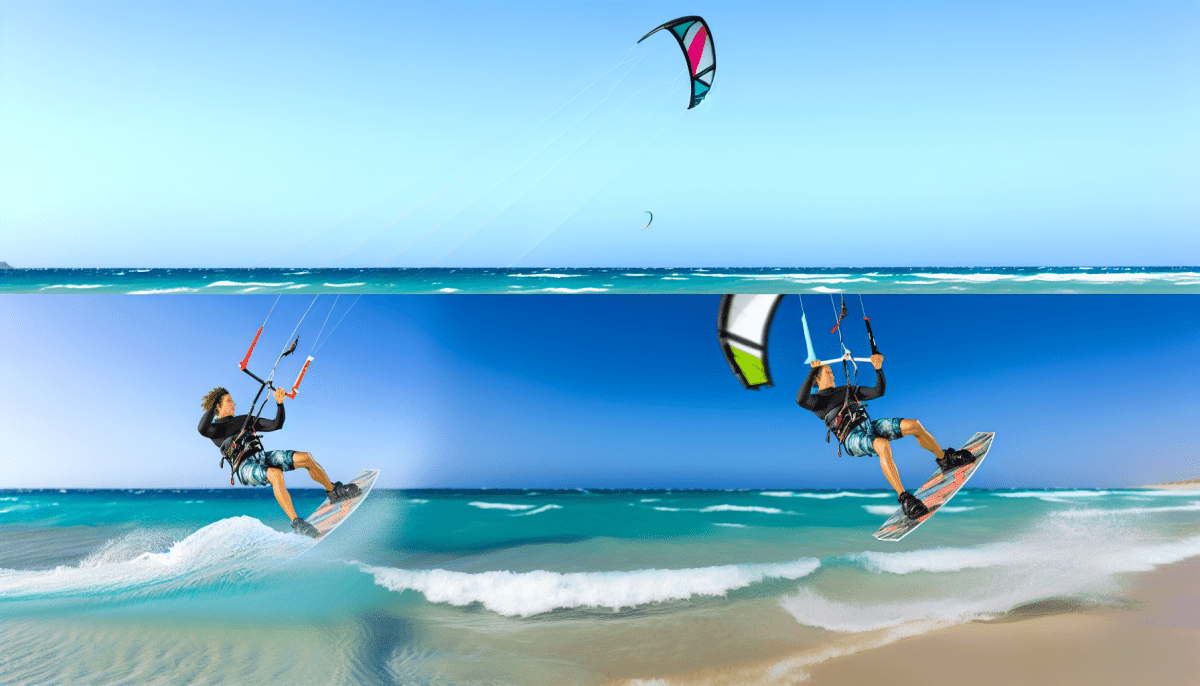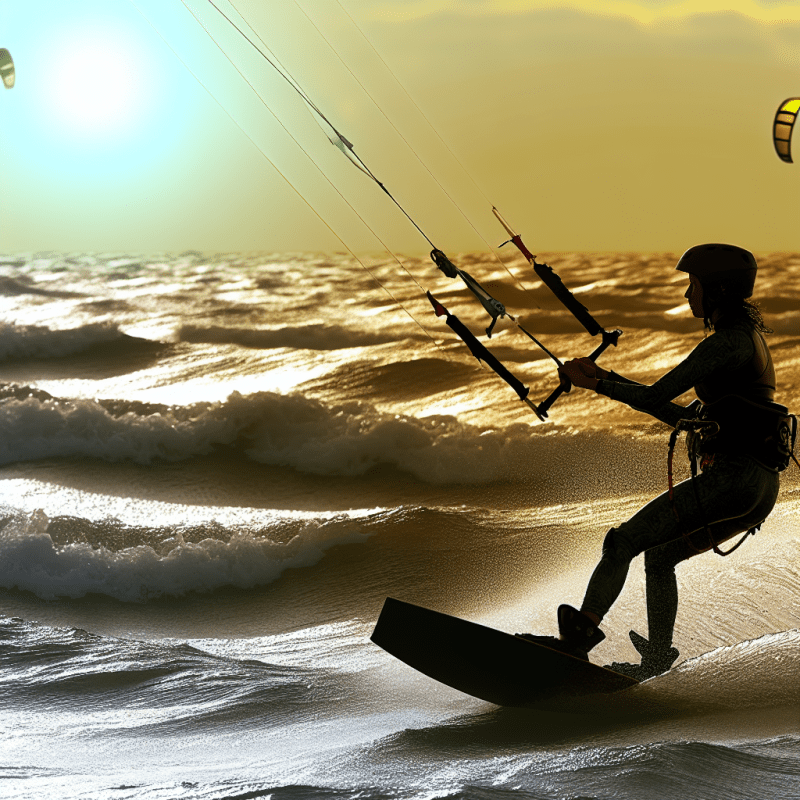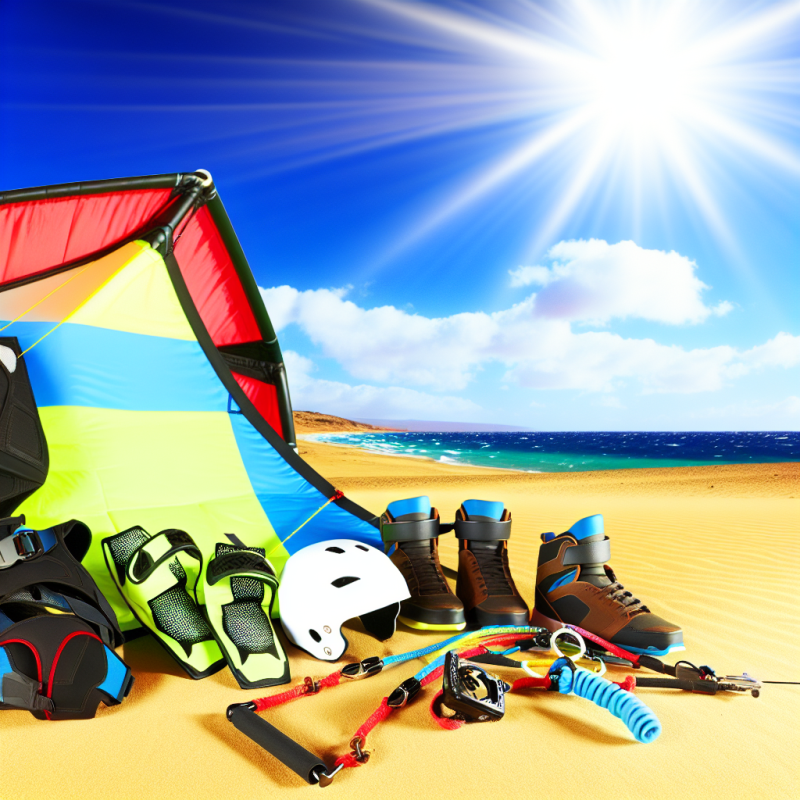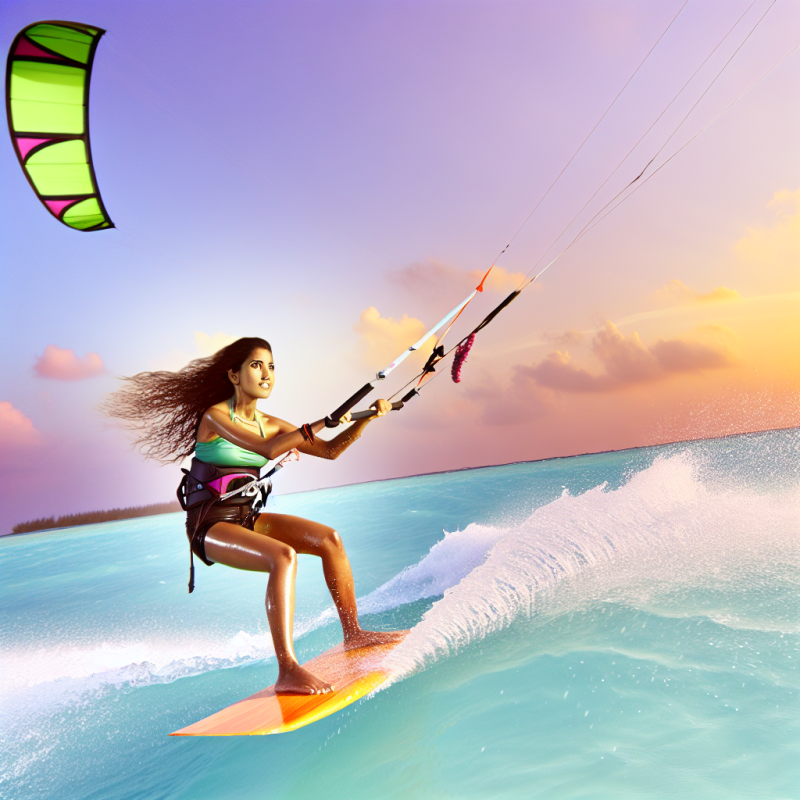Kitesurfing and kiteboarding are two names that are often used interchangeably, but they are actually quite different. Both describe the sport involving a kite and a board of some sort, but the differences between them become quite clear once you understand the equipment, the type of terrain, and the techniques used for each sport.
In this article, we will explore the key differences between kitesurfing and kiteboarding, so you can understand each better.
History of Kitesurfing and Kiteboarding
Kitesurfing is a derivative of kite-flying and windsurfing, incorporating elements from both sports to create a new and exciting type of surfing. German inventor Peter Lynn is credited as the man who brought kitesurfing to the world after he founded a kitesurfing school in Hawaii. Kitesurfing quickly caught on in the Surf-Crazed Beach Cultures, with the number of participants soaring significantly in the early 2000s.
Despite having very similar techniques to kitesurfing, kiteboarding involves a special type of twin-tip kiteboard. Kiteboarding arguably requires more skill and technique than kitesurfing, as experienced kiteboarders perform high-stakes tricks and manoeuvres.
Similarities and Differences between Kitesurfing and Kiteboarding
Kitesurfing and kiteboarding have a lot of similarities, but there are also important distinctions between them.
Similarities: Both involve the use of a kite and harness to power across a body of water. In either sport, the rider uses the power of the wind to generate lift and manoeuvre the kite. However, it is the way in which each sport is learned and performed that distinguishes them.
Differences: Kitesurfing typically takes place in waves, while kiteboarding takes place in all conditions. Kitesurfing generally uses a smaller kite with more manoeuvrability, while kiteboarding usually involves a larger, more powerful kite and focuses more on jumps and tricks.
Equipment Used in Kitesurfing and Kiteboarding
The major equipment used for both kitesurfing and kiteboarding is the same. Both sports have one common element: a kite. The kite is designed in the shape of a sail whose fabric and frame form two important parts; the canopy and the leading edge. The kites usually come with four to five lines and a control bar, allowing you to steer the kite with greater ease. Both the kites and the control bars come in a variety of sizes and styles.
Other equipment typically used in both kitesurfing and kiteboarding includes a kite harness, safety leash, and of course clothing like a wetsuit or rash vest.
A board is necessary for kiteboarding, as it provides a platform for the rider to stand on and be pulled by the kite. However, this is where the two differ - kitesurfers use a bigger surfboard and kiteboarders use a smaller, more rectangular-shaped twin-tip board.
Safety Considerations for Kitesurfing and Kiteboarding
Kitesurfing and kiteboarding are exciting; however, they can be dangerous if the appropriate safety procedures are not followed. It is recommended to always wear a helmet and impact vest and to stay within designated kitesurfing/kiteboarding areas. Additionally, most kiteboarding and kitesurfing schools will not allow participants who are under 18 to take part without a parent or guardian present.
Before attempting any jumps or tricks, it is important to practice the basics of the sport, such as launching and landing, riding upwind, and turning. It is also important to learn about the latest safety gear, the different kite sizes and types available, the power zone, and the variety of winds available.
Other areas of precautions include; learning the kite-tuning basics and understanding the different control systems for the kites, mastering self-rescue techniques, and being familiar with the International Kiteboarding Organization (IKO) Guidelines. Additionally, understanding the core safety procedures and guidelines, the typical wind patterns of where you are kitesurfing/kiteboarding and using kite-flags are all essential precautions to take when kiteboarding or kitesurfing.



